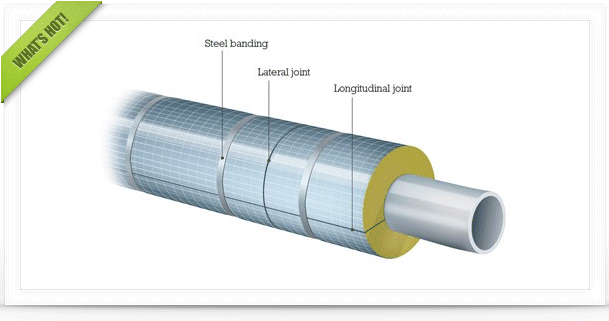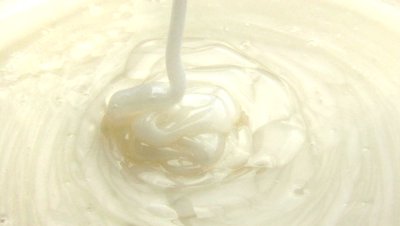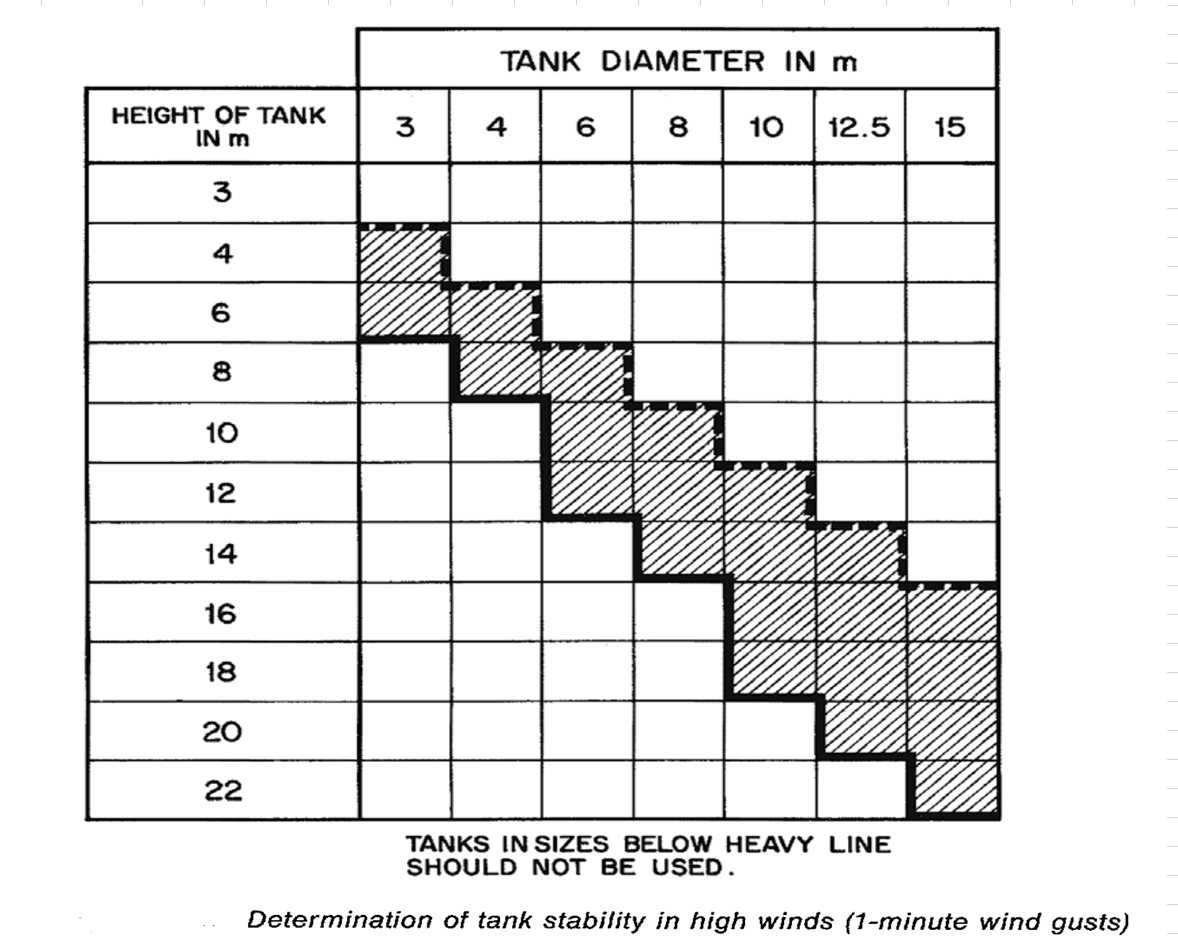Say the selectivity of a chemical reaction is defined as the ratio of a by-product formed in the reactor to the desired product formed at the outlet, can the selectivity of this ever be 1 from an engineering point of view? If so, why? And if not, why?
I am trying to identify a reasonable upper bound on the conversion from a selectivity vs conversion plot, and was wondering whether choosing the conversion at selectivity = 1 as the upper boundary would be considered as reasonable?

 FB
FB









